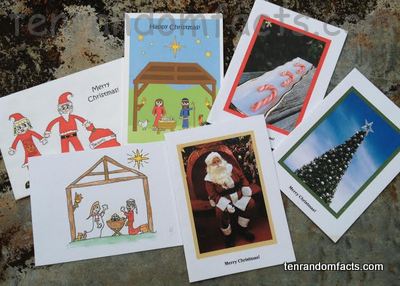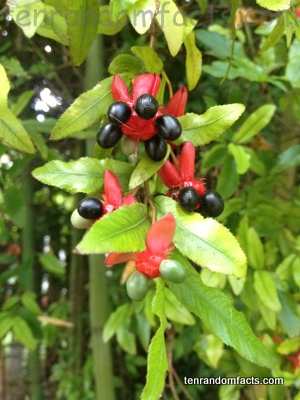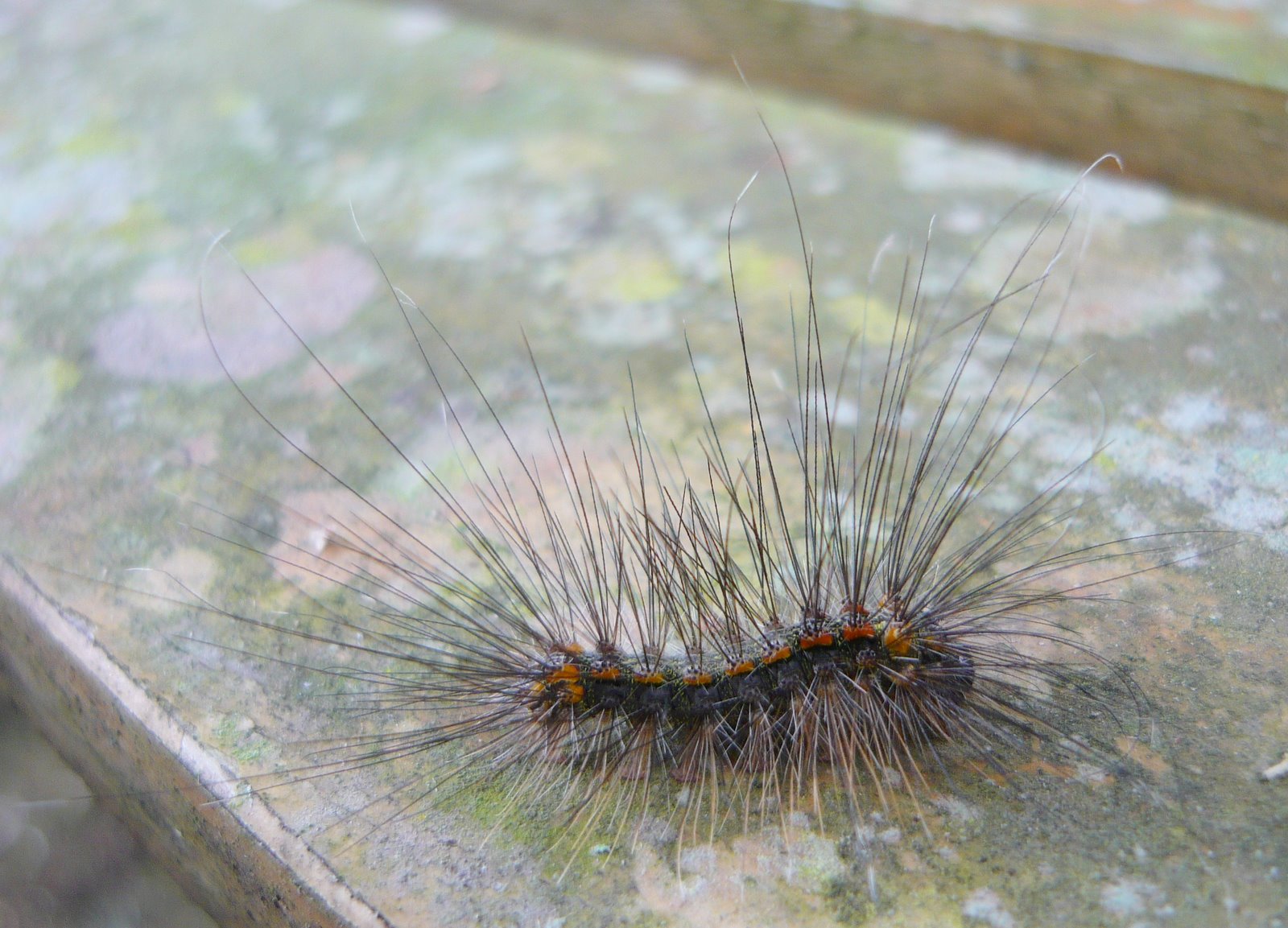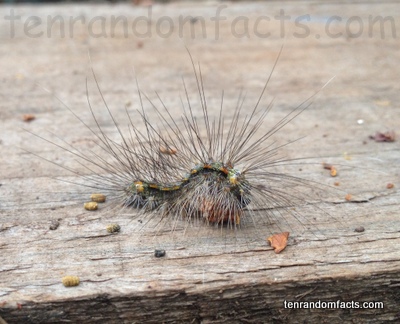
“Have a very merry Christmas and fun handing out Christmas cards!” – from Ten Random Facts.
- ‘Christmas cards’ are also known as ‘holiday cards’ and traditionally have greetings, commonly “Merry Christmas and a Happy New Year”.
- Christmas cards are traditionally exchanged during the Christmas season and are often posted or given out as early as November.
- Printed Christmas cards were first produced by the Englishmen, Sir Henry Cole with artwork by John Horsley, in 1843, partly to make use of the new, cheap, postal service.
- Christmas cards originally depicted the season of spring, typically flowers, unlike the Christmas designs now found on cards.
- American Louis Prang significantly increased the popularity of Christmas cards, notably introducing the cards to America in the 1870s.
- Christmas cards are typically bought singularly or in packets of two or more, and can be found in supermarkets, department stores, newsagents and other shops, and they can also be purchased through charities to help raise funds for their organisation.
- In 2005, residents of the United States sent 1.9 billion Christmas cards, and in 2008, the British sent nearly 670 million cards, although in the past decade their has been a decrease in the number of cards purchased, due to the higher costs of postage, cost of cards, economic climate, availability of e-cards and the use of email and social media.
- Christmas cards are traditionally made of card (strong paper), but more recently electronic cards have been designed and are generally cheaper.
- Christmas cards are commonly collected by many people, and Queen Mary’s (1867 – 1953) collection of cards is owned by the British Museum.
- Of the 1000 Christmas cards that were printed for Sir Henry Cole, only 10-12 have survived the centuries, one of which sold in 2001 for £22,500.
If you would like to buy some Christmas cards depicted in the photograph, visit Imagine Make Believe.
Bibliography:
Christmas Card, 2013, Wikipedia, http://en.wikipedia.org/wiki/Christmas_card
Copper J, The History of Christmas Cards, Why Christmas, http://www.whychristmas.com/customs/cards.shtml





















